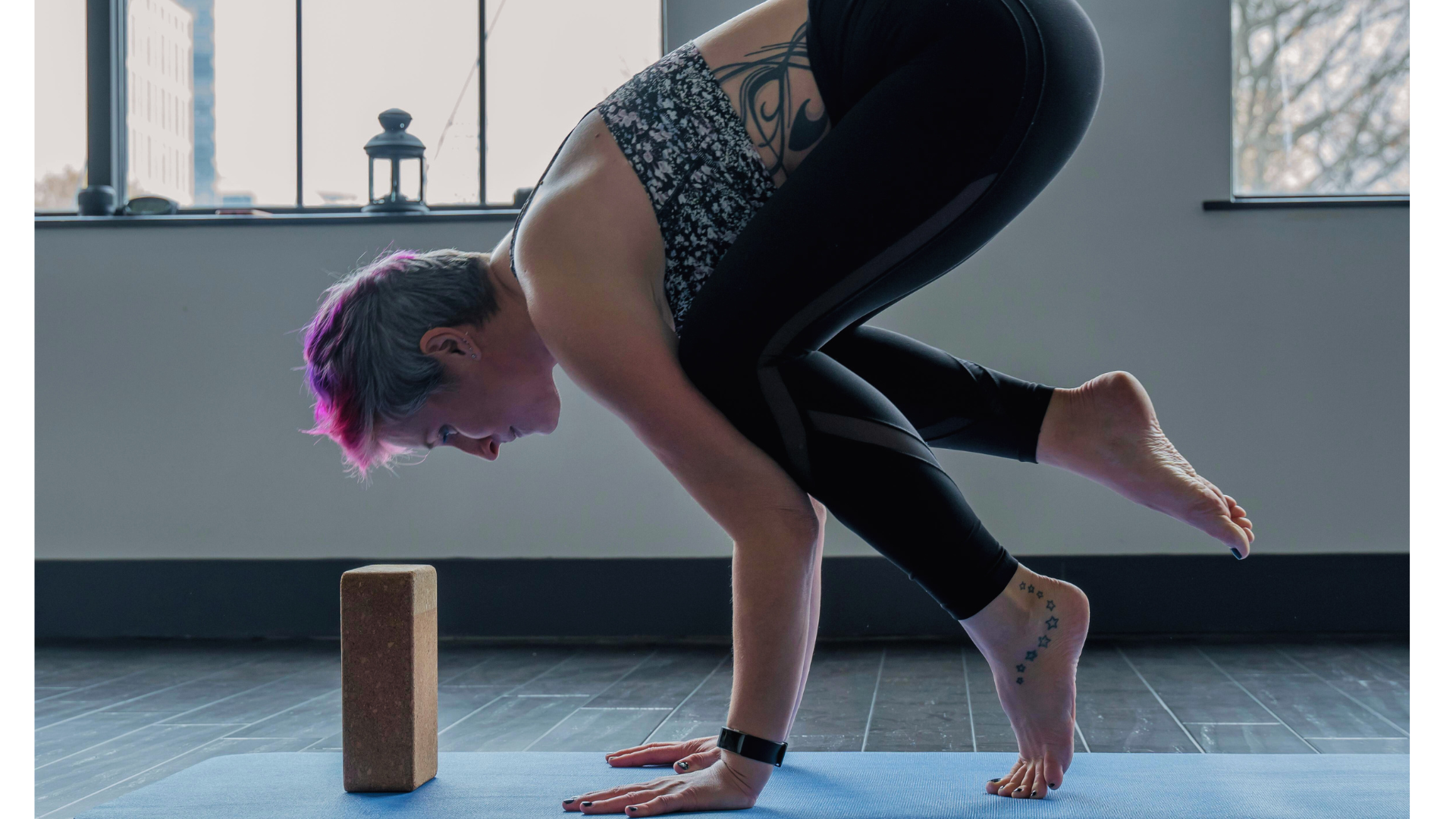
"Yoga blocks are one of the most versatile tools you can bring to your mat. They make alignment more accessible and bring depth to familiar shapes. Not all yoga blocks are created equal, though. Each of the most common options comes with its own strengths and drawbacks. Some are softer and easier to grasp, others are sturdier and built to last. But the one thing that's for certain? Having a set at home can make such a difference to your practice."
"An inexpensive way to familiarize yourself with at least some of the materials and brands of yoga blocks is to practice with the ones already available to you. "I recommend trying props in local studios first-note the brands, sizes, and materials you like, and then purchase your own," explains yoga teacher and author of The Complete Guide to Yoga Props Jenny Clise. "Studio props get heavy use, so they're a great way to see how a product holds up over time.""
Yoga blocks provide versatility by improving alignment and deepening poses, and owning a set supports home practice. Materials—foam, cork, and wood—each present tradeoffs in weight, firmness, durability, grip, and sweat absorption that affect stability and comfort across restorative and balancing poses. Choosing a block depends on individual practice style and specific needs. Testing studio blocks can reveal how brands, sizes, and materials perform under heavy use. Foam prioritizes comfort and lightness, while cork and wood offer increased sturdiness and longevity. Awareness of these differences helps practitioners select blocks that enhance safety and access in varied sequences and poses.
Read at Yoga Journal
Unable to calculate read time
Collection
[
|
...
]